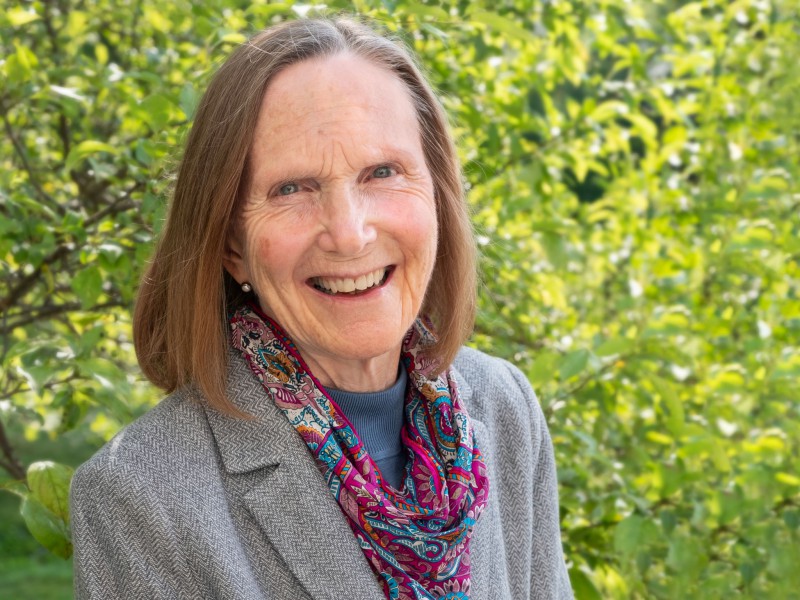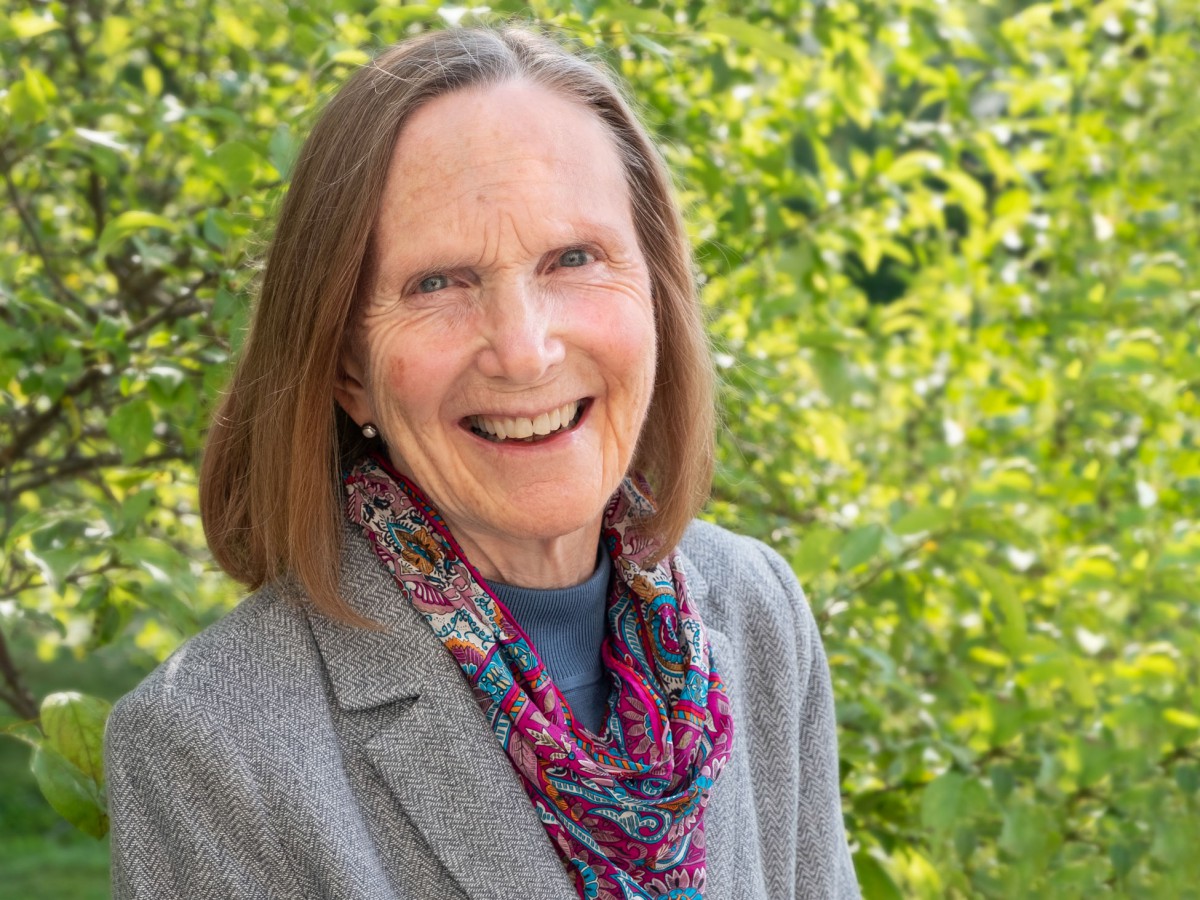
Originally published in the Times Argus on April 17, 2021, as part of their “Vermont by Degrees” series.
For more than 50 years, access has been at the heart of CCV’s mission. With twelve statewide locations, we bring college classes to Vermonters where they live and work. We were early pioneers in the online environment because we believed that this format would increase access for all Vermonters, and we continue to innovate the ways in which we deliver our courses and programs. All along, we have worked hard to expand access.
What remains a challenge is cost. In large part because of the way public higher education is funded in Vermont, CCV is the most affordable college in the state but among the most expensive community colleges in the country.
Similarly, Vermont has one of the highest high school graduation rates in the country, yet one of the lowest rates of continuation to postsecondary education and training. While cost is not the only factor behind this statistic, with the price of a CCV course approaching $1,000, we can’t ignore that it is a significant barrier.
As the state emerges from the pandemic and we work to help Vermonters get back on their feet, CCV is focused on this question: how do we ensure that students of all ages and backgrounds have the ability to pursue education and training beyond high school? Helping Vermonters prepare for promising jobs, and helping employers meet their workforce needs, starts with looking critically at the cost of college.
One silver lining of this past year is that we have learned valuable lessons about affordability and access. CCV was able to offer two programs that demonstrate that when the barrier of cost is removed, Vermonters enroll in college. This is true for both recent high school graduates and working adults.
The J. Warren and Lois McClure Foundation’s gift of one free CCV course for the entire Vermont high school class of 2020 resulted in double the typical number of recent high school graduates enrolling last fall. Roughly half said they would be the first in their family to earn a college degree, and more than three-quarters of surveyed students said they planned to continue their education this spring.
Close to 500 Vermonters took classes at CCV last fall through the Coronavirus Relief Fund workforce initiative, a $2.3 million allocation from the Vermont Legislature that provided free classes and training at the Vermont State Colleges to Vermonters whose employment had been impacted by the pandemic. Students from all 14 counties took advantage of this opportunity, and the average age of new students who enrolled was 42. Many of these students cited cost as the primary reason they hadn’t engaged in college sooner.
As we look forward, one way CCV is addressing the financial barrier is through innovative “earn while you learn” options, which are important particularly for working adults. Apprenticeships pair credit-bearing classes with on-the-job learning so that students don’t have to choose between income and education.
We are utilizing this model in partnership with Central Vermont Medical Center and Vermont Tech, where we have built a pathway for LNAs to become LPNs. CVMC is addressing its nursing shortage head-on by paying for tuition and providing flexible scheduling while students pursue coursework toward their LPN. This “earn while you learn” approach, supported by both public and private resources, is a powerful strategy for increasing access to education and building a resilient workforce.
The question for many Vermonters as they consider the value of higher education is not whether they will choose between CCV, UVM, or a private college or university; the question is whether they will choose between CCV or nothing. Rebuilding stronger in the wake of COVID-19 means making postsecondary education accessible to all Vermonters, and it begins with finding creative ways to reduce the barrier of cost.

